Today we’d like to introduce you to Amy Butowicz
Hi Amy, so excited to have you on the platform. So before we get into questions about your work-life, maybe you can bring our readers up to speed on your story and how you got to where you are today?
The beginning is deciding to be an artist, this is when everything shifts mentally. However, I know it isn’t the same path for everyone as every individual’s career takes a different trajectory. The many years after obtaining my undergraduate degree were spent working in a corporate environment, traveling for business, and devoting the rest of my time to working with horses. I kept a dedicated space in my home for making and would pursue projects that I found interesting. However, making art wasn’t a priority. Instead, making art was a hobby. During those years I would not call myself an artist. If I were asked what I did, I would answer that I was both an Art Consultant and a competitive equestrian. However, as the years passed by, I began to feel a conflict growing within. When I reflected on this inner conflict, I realized that at the root was my unfulfilled dreams of obtaining my Master of Fine Art, a step I felt was paramount to being able to have a successful career as an artist. Once I realized this, I began to explicitly question how I was choosing to spend my free time.
I vividly remember being at a horse show, taking a moment to observe the activity surrounding me, and realizing that when I’m making art I am perpetually in the moment, and I never want to be anywhere else. I knew then that I could not say this about my equestrian pursuits. This was the moment I decided that I would find a way to pursue my art career no matter what it would take. I made the decision to retire my horse and walk away from the horse world. I am forever grateful for all the life lessons working with horses gave me. In many ways the life of an equestrian prepared and trained me for life as an artist. Horses and art are both labors of love. They are vessels that one can pour all their time, money, energy, and thoughts into without any guarantee of success or stability. They are both a life journey that is more about finding fulfillment in the quotidian than any moments of reward or recognition.
While changing my focus into making art, I was also grieving the loss of a dream and deeply missing a companion with whom I spent several hours a day for over ten years. With my horse safely living the life of a retiree on a large ranch, I set my goals to developing a body of work that I would use to apply to graduate school. In total this process took me six years. During those six years I completed a six-month independent study with an artist and mentor, I enrolled in several art courses at a local community college, I took workshops at art centers, and traveled for three different one-month artist residences. Due to these activities I was able to develop relationships with artists and educators that would become my references for graduate school applications.
In 2014 I applied to several Universities based on the funding they offered and the length of their programs. My goal was to leave school with as little debt as possible. I also knew that I wanted a three-year program because I knew I needed more time to study and learn. When I was accepted to Hunter College I was both ecstatic and filled with imposter syndrome. I moved my life across the country and completely started over. I graduated from Hunter College in 2018 and have remained living and working in New York.
Can you talk to us a bit about the challenges and lessons you’ve learned along the way. Looking back would you say it’s been easy or smooth in retrospect?
I don’t think any road is smooth or straight. There are many sacrifices one makes to pursue a career in the arts. I uprooted my life by moving away from my family and community to follow my dreams of achieving my MFA, to see the exhibitions I was reading about, and to be immersed in the art. I wanted to do this in person, not through a computer screen or artist monograph. The road is still not smooth. I work long days combining my full-time “day” job with work in my studio. Most artists I know have the same schedule, we work doubles and rarely take a day off. Social engagements are often sacrificed, and I choose to spend money on materials over clothing, entertainment, or travel. A healthy life balance is often hard to achieve (although I do think most people can say this!)
My graduate school experience was a time management juggling act. I do not come from a financial background that allowed me to focus solely on school. I kept my full-time job while taking classes and nurturing relationships with other artists. For me, spending the time to develop these connections is as important as time in the studio. My community of peers is priceless. They continue to push me forward and offer support along the way. We are all applying to the same grants, residencies, and open call exhibitions. Dealing with rejection is part of being an artist and even though with time rejection gets easier to take, I still feel saddened when this happens. My community of artists has now stretched beyond my experience in graduate school. It is the foundation that helps me continue working and applying in the face of a lot of rejection and uncertainty.
The decision to remain in New York after the completion of my degree has been a road of hills and valleys as well as twists and turns. It is not unknown that New York City is extremely expensive, and space is precious. For me, it is a daily financial battle to remain living and working in this remarkable city that continues to enrich me and fill my thirst for seeing art while allowing me to continue being part of such a large community of artists. And so the road continues and while I have no idea what is in front of me, I do know that fulfilling my passion for making keeps me moving forward.
As you know, we’re big fans of you and your work. For our readers who might not be as familiar what can you tell them about what you do?
The evidence of touch, physical energy and an analog approach to time make up the foundation of my work. Both the sculptures and the works on paper are composed of materials that are non-toxic and can be manipulated by the hand. The size and weight of my work dictate what I can manage without assistance. This is a decision to avoid being encumbered and allows my work to be a direct reflection of my physicality. Touch and what my body can produce are thus directly reflected in the finished work. My body’s physical restrictions form the edges of a piece, and my dexterity defines the work’s quintessence. Beyond the outward appearance of my work containing a haptic sensibility, I am very sensitive to the feel of the materials I use. The relationship between how a material feels in my hand drives these decisions and thus feeds into their conceptual understanding instead of selecting a material based only on its conceptual component, the palpability is essential to my process.
Both my sculptures and works on paper elicit motion. The sculptures seem as if they could walk away, and the drawings contain a heap of abstracted figures (often with horse or dog-like legs) with compositions that imply movement. The physical energy each work contains is born from my intuition, natural rhythm and gestures while making. The use of anthropomorphism enables the work to slip between human, abstract, and figurative and this resulting oscillation adds to my work’s sense of mobility.
My process of making is connected to exploring concepts of time. Many aspects of the sculptural forms are created through repetitive and labor-intensive tasks. Working on hand-sewn elements or woven parts can be a mix of meditation and frustration with the time it takes to reach completion. The works on paper are created using traditional gouache, which is easily reconstituted with the smallest amount of water. Thus, there is an instability to the surface and the dried paint is a direct reflection of both the moment of its conception and the notion that everything is temporary.
Success in harnessing color and its power is what makes me most proud of a work. The biggest compliment a fellow artist can offer me is an admiration of my color choices. It is my hope that when my name and art are mentioned it is in the context of knowing that I am an artist that operates with color to its fullest extent, consistently pushing the depths of the palette.
We’d love to hear about how you think about risk taking?
I believe everyone has a different evaluation of what is risky, based on their own life experiences, the luck they have encountered, and the people that have influenced them. In my life risk taking has been a part of most everything I do, and it continues to be an integral part of my art making. I do not think I could continue to grow without it.
This risk taking begins in my studio when I risk letting go of the binds that are keeping me attached to a certain work or a certain part of a work. One thing that comes to mind is the well-known creative advice to “kill your darlings.” I remind myself that I must let go of something, risk losing something, to let something else come forward. Risking is separating myself from the work, to have the willingness to lose my identity, experiences, desires, and a preconceived notion of what it should be, allowing it to become what it wants to be. Risking is, for me, often an exploration combined with a decision to ruin something. Because what does it really mean to ruin something in the studio? Who decides the control value to judge a work of art against? I work on multiple pieces at a time and one piece is always the sacrificial work to ruin. This gives me an outlet to experiment and explore without boundaries. This is how creating something that surprises me arrives.
It is through this experimentation and its surprise outcome that I continue to grow and develop as an artist. It is through constant risk taking and often its resulting failure that I understand what and how I want a piece to communicate or operate. It is through this resulting failure that I understand how something isn’t working. Without taking risks, I would not experience as much failure. (Even if I am tongue-tied to give language to what I am communicating.) And for me, failure is essential to my process. Failure is a kind of compass, letting me understand the different directions I need to take while keeping me continually engaged in the studio. For me, risk and failure are tied together in a positive way. Without risk, I won’t fail and without failure I won’t grow.
I am mindful of how I feel when working on a piece. If I become afraid to make a mark, I know it is time to evaluate the risk involved. Is this fear showing me that I need to continue or is it letting me know that it is time to, for instance, hang the work on the wall for a while, allowing its preciousness to fade or grow with time. Will its new and shiny success become second fiddle to a newer, brighter achievement? I can then return to it with abandon. This is a time of magic. This is the time I let go, allowing the risk of ruin without feeling its boundary. Many of these works are the ones that I sit back and think, I did that? How did I come up with that? How will I do that again? And the worst one, Will I ever be able to make something like that again?
Risking and being an artist are two sides of the same coin. The viewer may never understand the risks taken to present what is in front of them. But I believe it can be felt. These are the works that can bring a viewer to tears and these are the works that grab one’s attention and hold on because somewhere and somehow there is a subconscious understanding of the willingness to face potential loss that sits in front of them. Ultimately, because my final pieces come to fruition through a process with risk taking at its core, my hope is that this is felt by my viewers viscerally as they spend time with my work.
Contact Info:
- Website: https://www.amybutowicz.com
- Instagram: https://www.instagram.com/amybutowicz/
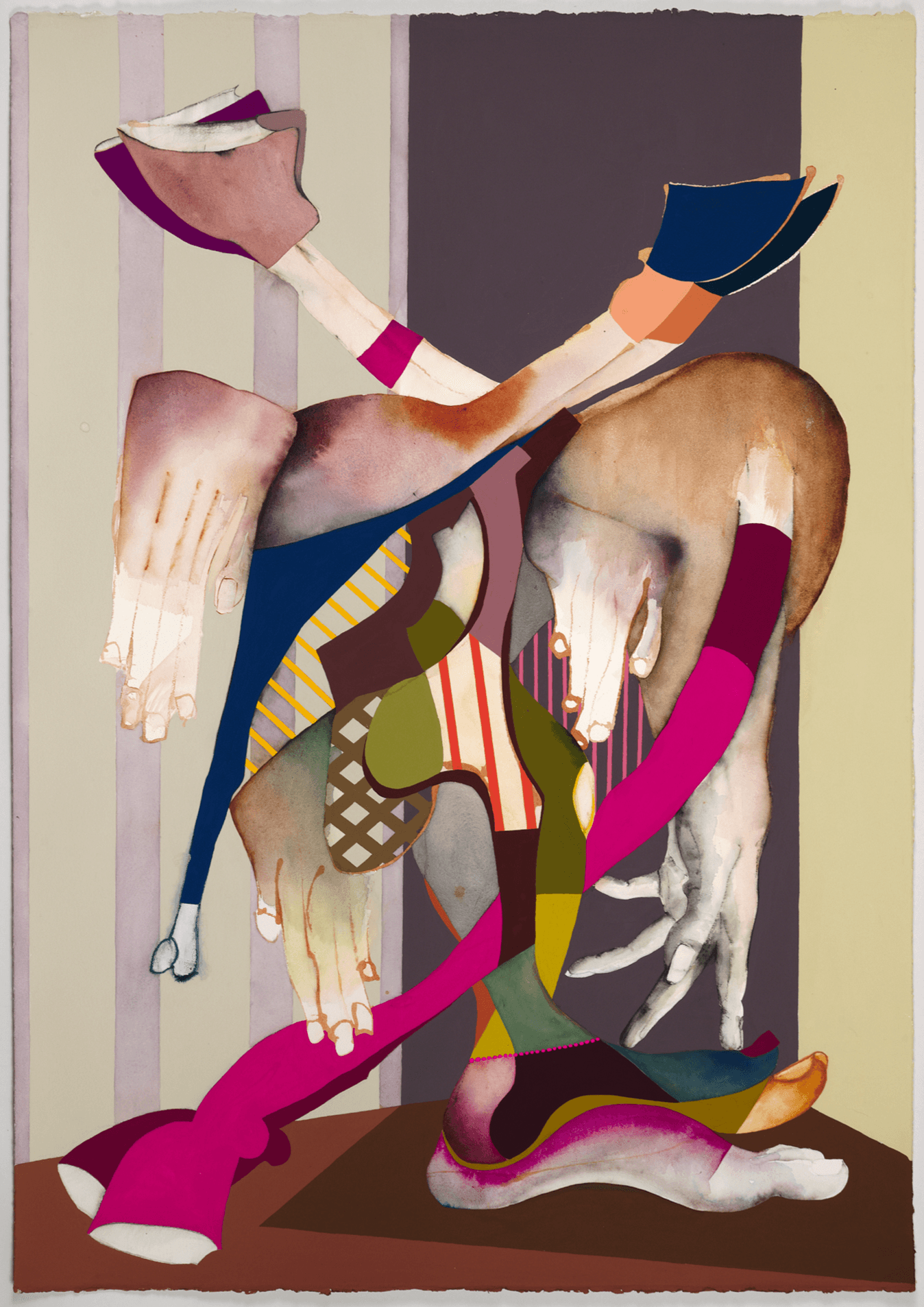


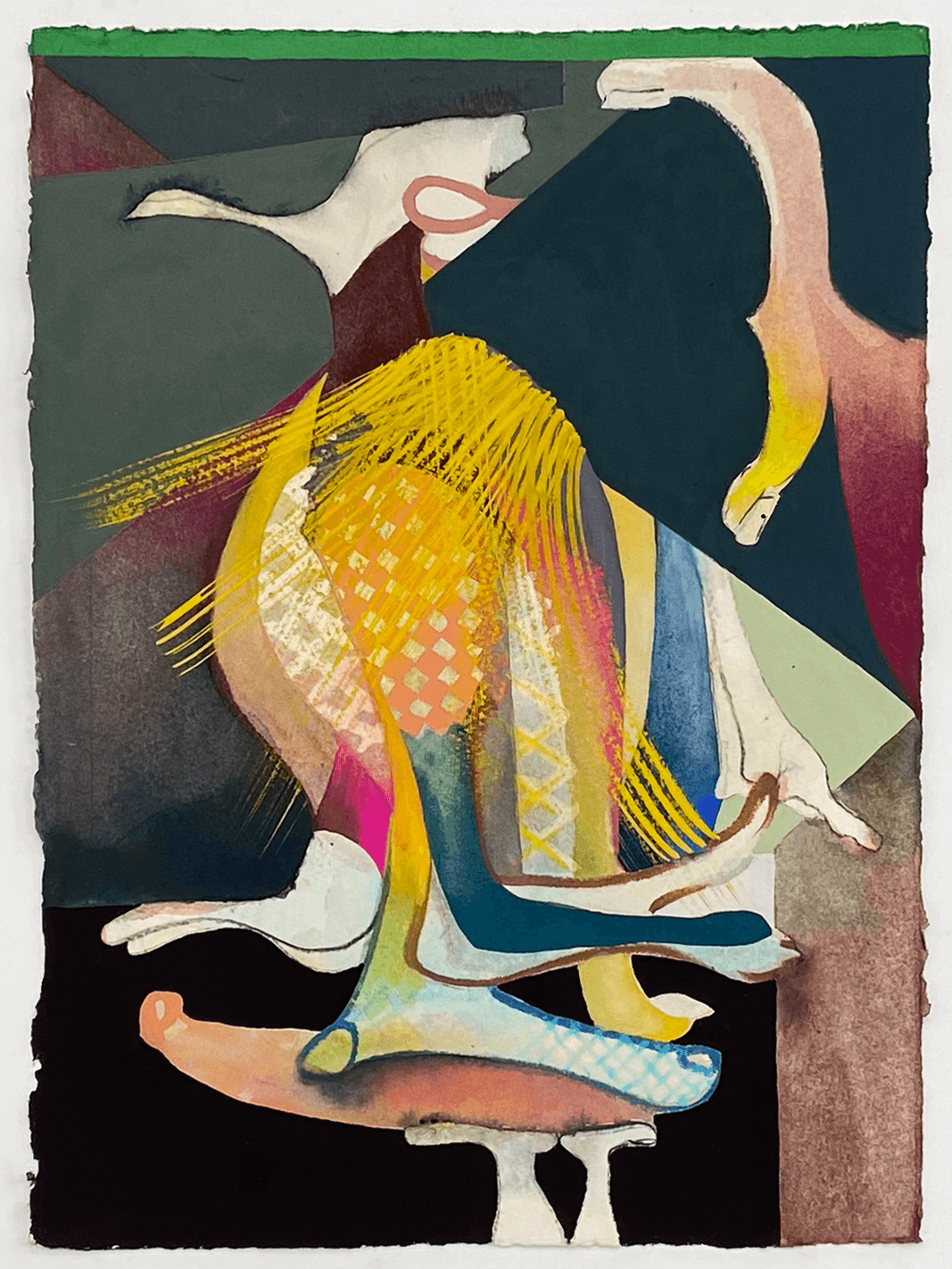
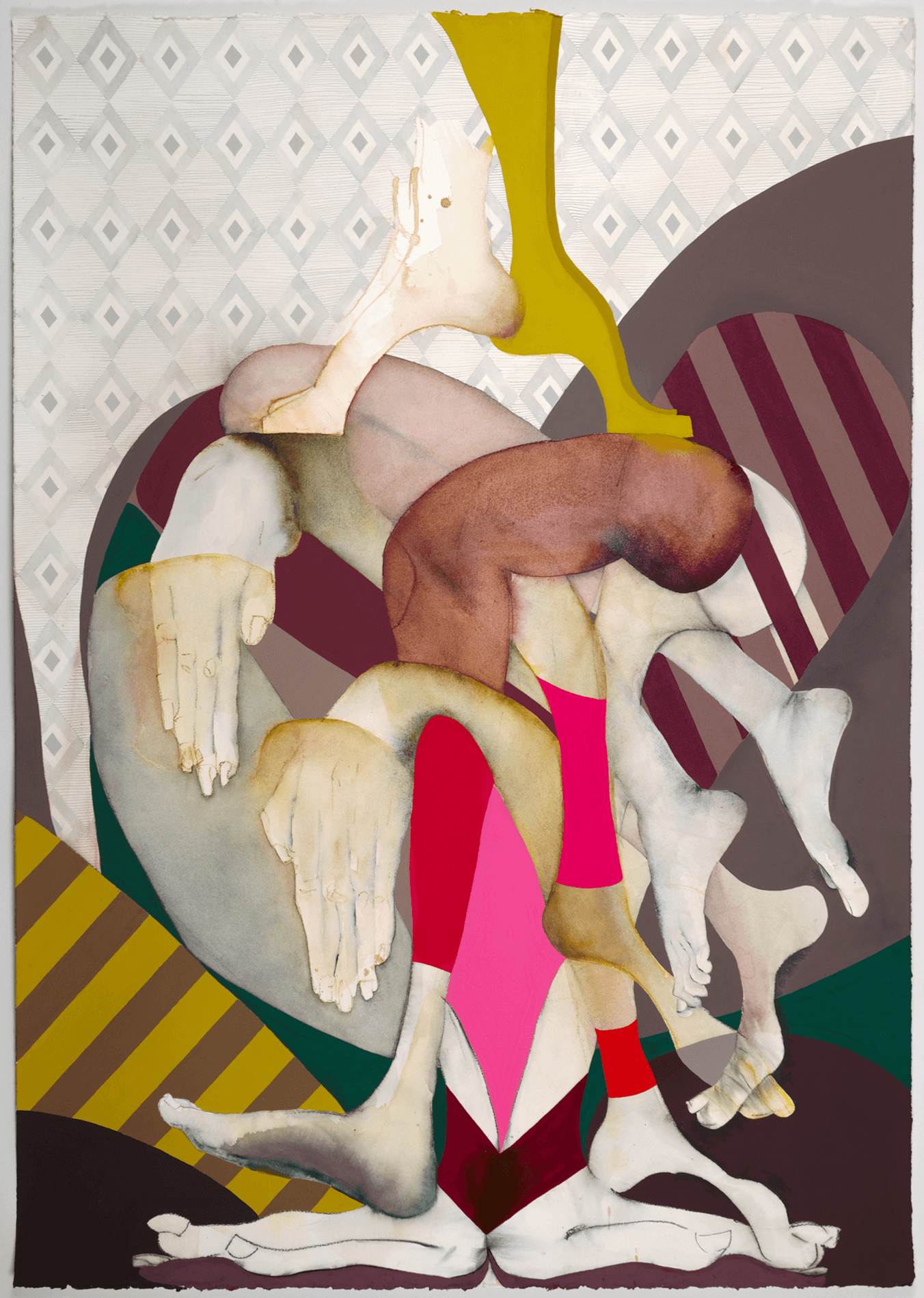
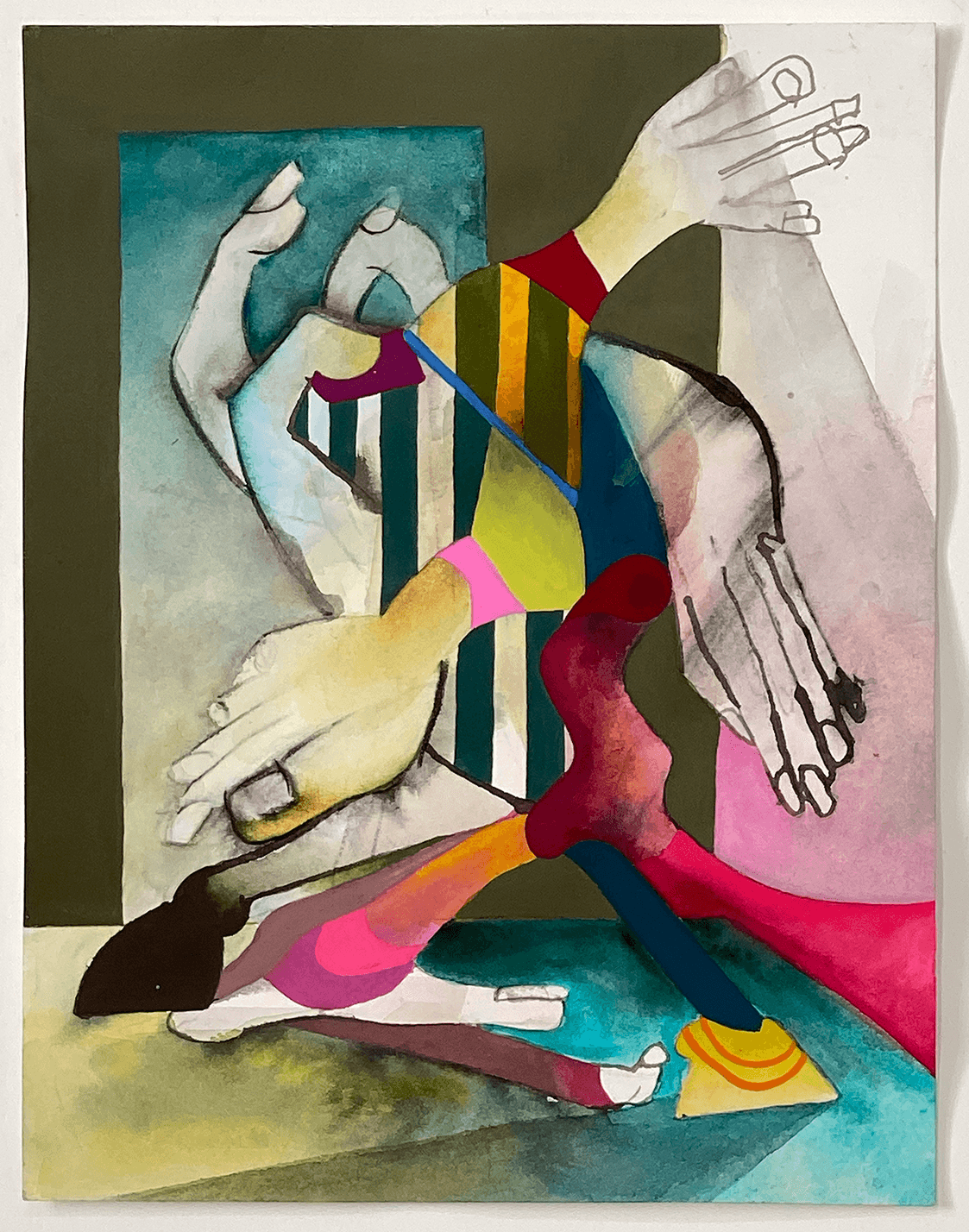

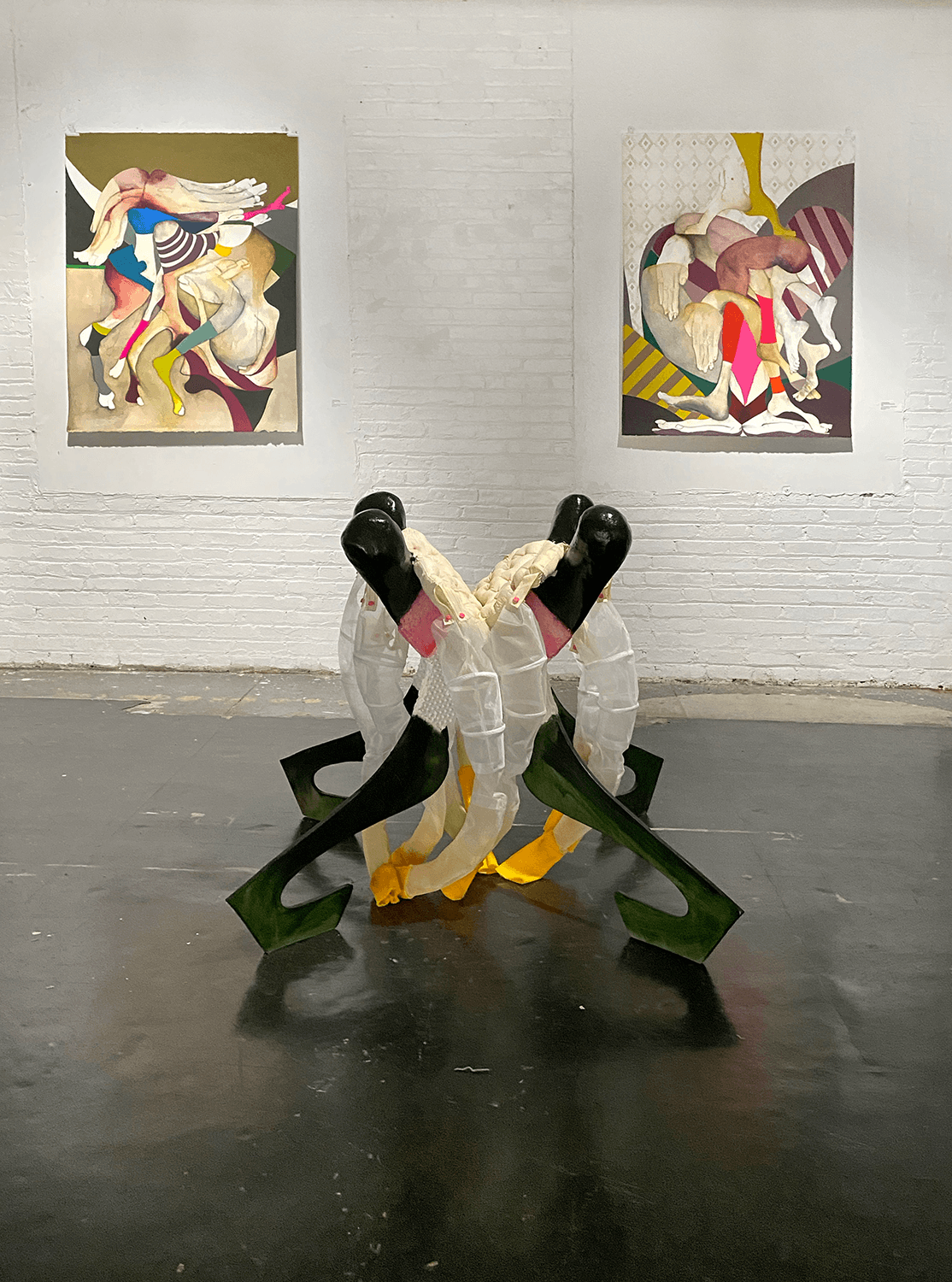
Image Credits
3 of the works were documented by KC Crow Maddux @artdocnyc
The rest of the works were documented by me.


